In today’s blog post, we will take a look at what foods to eat on the keto diet.

Ketogenic – What to eat?
A ketogenic diet (for omnivores) mainly consists of:
- meat
- fish
- full fat dairy products
- eggs
- nuts and seeds
- low carb vegetables
- select fruit (citrus, berries)
You should avoid carbohydrate-rich foods such as cereal products, potatoes, legumes, sugar, some fruits, and ready-to-serve meals.
Now, let’s get into some more info about determining which foods are keto-friendly foods and which should be avoided.
Keto in Numbers: How Much of What to Eat?
- Carbohydrates: <5%
- Proteins: 20-30%
- Fat: 70-80%
So, how many carbs you should eat per day on a keto diet?
Less than 50g of carbs per day.
Below are graphs comparing the Keto Diet to the Acceptable Macronutrient Distribution Ranges in the USA.

Rule of thumb: Fat is the main component of ketogenic nutrition and is therefore the most important prerequisite for successful ketogenic nutrition.
Always Read Ingredients
It is of utmost importance to always read the ingredients on packaging very carefully, as sugar additives are often concealed (more on this in the next section). This problem affects pretty much all industrially manufactured products, such as beverages & sausages. The latter also often contain nitrates, nitrites, and sodium glutamate.
Hidden Sugar in Food
“Sugar” does not always appear as sugar on food labels – Sugar is often “camouflaged” by manufacturers & declared under different names so that the product appears to contain little or no sugar. Be careful not to accidentally get yourself out of your ketosis.
If you are just beginning to eat ketogenic food or you don’t always have all the alternative names for sugar in mind, remember these tips:
- Designations ending with “-ose” or “-syrup” are usually sugar.
- “Dextrose” and “maltodextrin” are also names for sugar.
- The more often they appear in the list of ingredients, the more sugar the food contains.
Check out my post on natural sugar alternatives here.
Quality of Food
In a ketogenic diet, it is not only a matter of keeping the carbohydrate content below 50g per day & the precisely calculated macro nutrient values for protein & fat. In a ketogenic diet, the quality of the food is more important. Like Hippocrates already said, “Let thy food be thy medicine and thy medicine be thy food“.
Wherever possible, certified organic vegetables should be used, as they are neither genetically modified nor contaminated with pesticides nor artificial fertilizers–they also open up a whole new, healthy taste experience for you! When buying fruit you should also pay attention to this – but it should be said that fruit plays a subordinate role in the keto diet anyway.
The same applies to meat:
Because meat is an essential main ingredient for ketogenic omnivores (from the Latin words “omni” meaning “everything” and “vorare” meaning “to devour”), you should definitely rely on certified organic meat. This certifies that the animals have not been fed growth hormones or antibiotics – all things you don’t want in your food or in your body. Also, don’t neglect animal welfare here: With organic meat you support a species-appropriate attitude of the animals. Here you can learn a bit more about what it means to be “certified organic”.
Products of inferior quality influence your progress unfavorably and you will probably reach your goal slower.
Keto Diet Food List
The following is a quick ketogenic food list to help you get started in your new ketogenic life. Especially at the beginning it is difficult not to lose the overview and it’s a good idea to take some time to deal with which ketogenic foods are suitable for you so that you are not overwhelmed when trying to figure out what to eat. For a detailed PDF version, click here.

The following ketogenic food list is not complete, but considers the most “conventional” products that basically everyone knows and that end up in our shopping cart the most.
Meat
- beef
- pork
- poultry
- game
- sausages, such as ham, salami, bacon, smoked sausage (Only without additives & of high quality!)
- seafood, like mussels, squid, shrimps & fatty fish like salmon, mackerel, herring, tuna, etc.
- eggs, bio and free-range
Milk Products
- cream (full fat), such as sour cream (Only without additives & of high quality!)
- fatty cheeses like Gouda, Mozzarella, sheep cheese, Brie, Camembert, Gorgonzola, cottage cheese, mascarpone etc.
- natural yogurt and quark in moderation (full fat)
Click here for more info about milk products on the keto diet.
Vegetables
- cabbage vegetables such as cauliflower, cabbage, pointed cabbage, Chinese cabbage, kale etc.
- celery
- green beans
- turnips
- algae like Nori, Kombu, and Wakame
- sprouts such as brussels sprouts, alfalfa, broccoli, radish sprouts)
- spinach & other green leafy vegetables
- chives
- cucumbers
- asparagus, green and white
- mushrooms and oyster mushrooms
- fennel
- chard
- okra
- rhubarb
- zucchini
- sugar snap peas
- parsnips
- morels
Fruit
- avocado
- blackberries
- raspberries
- blueberries
- strawberries
- currants
- gooseberries
- cranberries
- papaya
- sea buckthorn
- lemons
Click here for more info about fruits on the keto diet.
Nuts and Seeds
- almonds
- Chia seeds
- sesame seed
- pistachios’
- macadamia nuts
- pecans
- poppy
- pumpkin seeds
- Brazil nuts
- walnuts
- linseed
- hazelnuts
- coconuts
Click here for more info about nuts on the keto diet.
Fats and Oils
- For frying: Coconut oil or Biopalm oil
- For salads: extra virgin olive oil, MCT oil
- avocado oil
- macadamia oil
- Ghee (clarified butter, lactose-free & suitable for lactose intolerant people)
- butter
- lard
- beef tallow
- goose fat
Keto Baking Ingredients
- guar gum
- locust bean gum
- coconut flour
- almond flour
- hemp flour
- sesame flour
- linseed flour
- potato and bamboo fibers
- Agar Agar
Keto Sweeteners
- erythritol
- xylitol
- stevia
- honey – in moderation
- dark chocolate with a cocoa content of approx. 70-80%
Beverages
- water
- coffee
- unsweetened tea (green tea, black tea, herbal tea, etc.)
- alcohol
- high percentage such as vodka, tequila, whiskey, rum, gin, etc. with 0 carbs.
- others (150 ml):
- champagne – 1g carbs
- dry wine – 2g carbs
- sparkling wine – 3g carbs
- pay attention to the ingredients in cocktails and mixed drinks!
Click here for more info about drinks on the keto diet.
Foods to Avoid
- sugar, and products containing large amounts of sugar
- juices, sodas, and other sugary drinks
- bread, noodles, cereals, starchy foods, such as potatoes
- kernel oils, such as rapeseed oil, thistle oil, or sunflower oil.
Conclusion
In this post we discussed macro nutrients for the keto diet, and which foods are ideal to eat on the keto diet, and which are better left out.
Remember:
- Carbs: <5% (Less than 50g a day!)
- Proteins: 20-30%
- Fats: 70-80%
- No sugar
- Always check the nutrition label!
Would you like a detailed keto diet food list as a PDF? Click here to learn more.
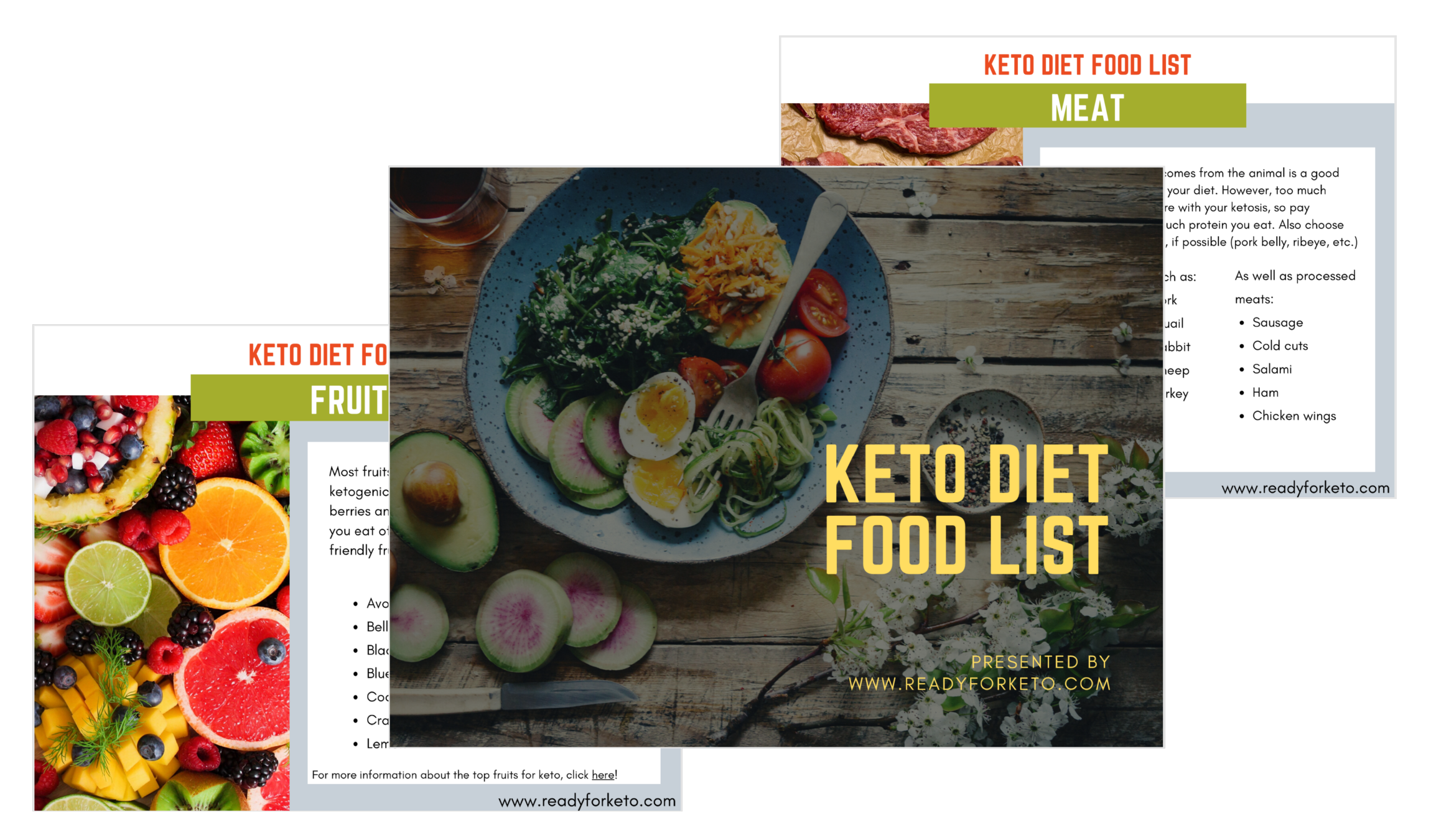
Get Your Keto Diet Food List PDF Here
So, what are your favorite keto-friendly foods? Comment below!
Thanks,
Anna
www.readyforketo.com
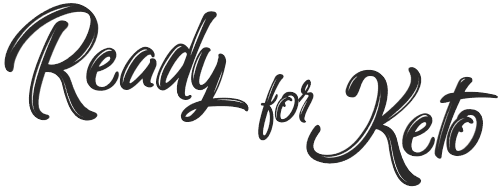

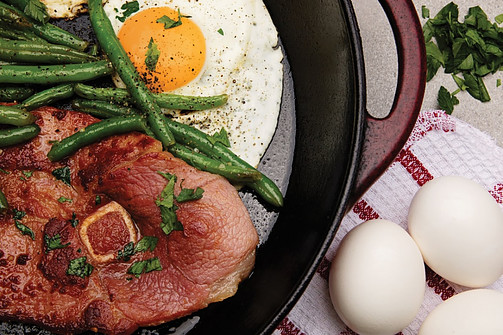
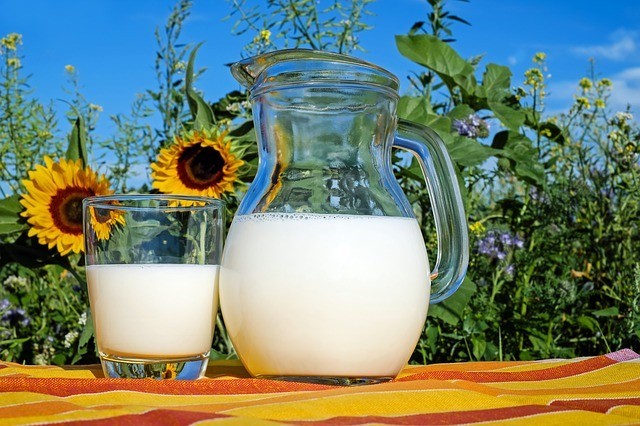
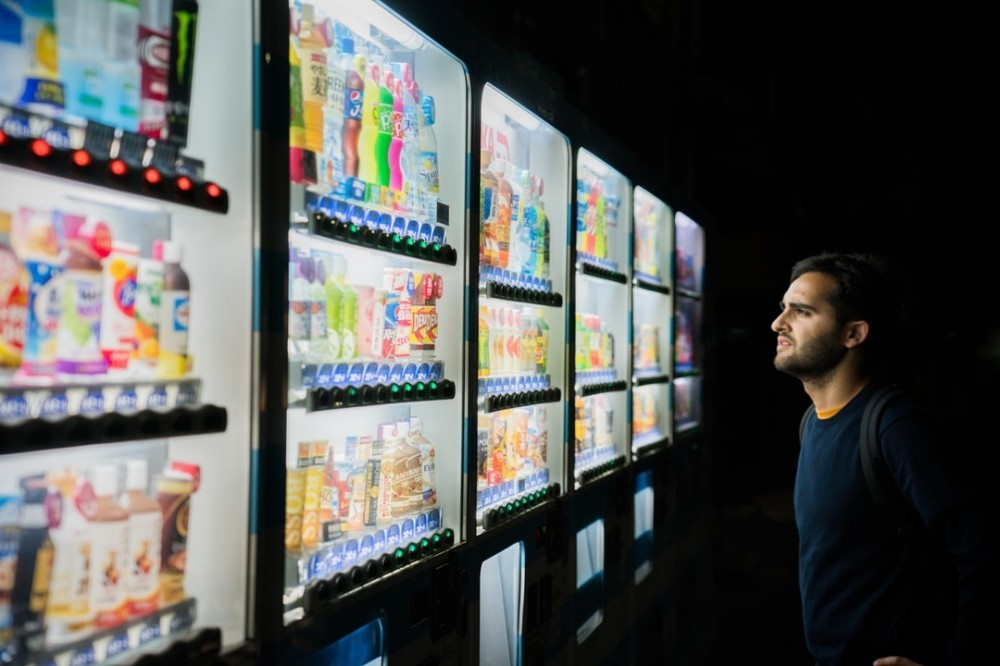
I am late to the Keto diet world and saw your article about the benefits of the Keto lifestyle. The list of foods for a successful move to the Keto way of eating looked normal enough. So the foods should be available. The eggs make this diet appeal to me, they are easy to prepare and I like them.
I also read the article about the beginner Keto diet. That was helpful in explaining more of the way the diet helps you get healthy, lose weight and feel better. I can sure see the benefit of the diet plan as well when starting something different. You mentioned Stevia as an acceptable sweetener when using the Keto eating guidelines when you feel you need something sweet.
What are the suggestions you have for being successful with this switch? Can you ease into the Keto life? Or is it better to jump in and give your body a chance to make the switch? Thanks, Sami
Hi Sami,
Thanks for checking out those posts! I hope they were helpful 🙂
I actually have an article on exactly that: How to Start Keto Diet
When you start a keto diet, your body will go through some changes as it’s getting used to using fats for energy instead of carbs, this is called the keto flu, but there are actually quite a few remedies to help with these symptoms to make starting the keto diet pretty easy!
Thanks,
Anna
Hi Anna, This is indeed an extensive list of foods that you are allowed to eat when you follow a keto lifestyle. I have always been curious to now why fruit is not really “allowed” in the keto diet, and that is something that I would personally find difficult as I am a bit of a fruit bat. So it is good to see that so many berries are on the list of foods that is allowed.
I find it interesting that Mozarella is classified as a full fat cheese. I live in Italy and here mozarella and ricotta are the only two cheeses that are allowed if one needs to follow a low fat diet. But then here the mozarella is made from bufalo milk which is most probably the reason.
Thanks for a most informative post.
Hey there,
Most fruits have too much sugar, unfortunately, but berries are keto-friendly and make the perfect snack.
Yes the mozzarella I have compared here is made from whole (cow’s) milk. Perhaps buffalo milk is a bit different.
Thanks for reading!
Anna
Thanks for such an eye-opener of a post. One of my friends has been on a keto diet and by the third month she was half the size. Nothing helped her before that, including sweating in the gym three times a week! I’ll definitely suggest this diet to other people who struggle with their weight. I never understood the principles of this diet, but your article has made it very clear: We shouldn’t be scared of high-quality fat!
The only thing I’m puzzled about is the advice to avoid eating legumes. I thought they are one of the healthiest, protein-rich foods ever – I see them everywhere when I step into a vegan shop or restaurant. Could you please advise why they should be avoided? I understand they are rich in carbohydrates, but one can usually eat just a small portion of them to feel nice and full, and this is what I think the key to a successful diet. Thanks a lot!
Hi Lucie,
Yes you can see results so fast on keto diet! I had experienced about 20lbs lost in the first month, which is what leads me to want to share this amazing diet with others!
On a keto diet, you should consume less than 50g of carbohydrates a day, so that you can reach ketosis (the state your body is in when it quits using carbs for energy, and instead burns fat). You can definitely include them in your keto diet, so long that you consume less than 50g of carbs with them. The issue is simply that because they are high in carbs, you reach your carb limit really fast.
If you are an athlete or do intense sport, you may actually need a bit more than 50g of carbs per day. But this would then be a Targeted Keto Diet, which is then custom based on your activities.
Thanks for reading!
Anna
Hey Anna, Thanks for writing on Foods to Eat on the Keto Diet. Full fat dairy products are my keto-friendly food. My friend is taking only keto diet daily. From your post I understand about keto diet very well. Soon I will start my keto diet. I enjoy your post while reading. You added all detail very well. Thank you .. Parveen
Always a very good thing to learn new stuff everyday and seeing this post about what to eat on a keto diet is just perfect. I have been thinking of what I will eat on a keto diet for a while now because I didn’t fully understand what it contains. Going online now and learning all about it has really helped me to understand better. For examole, I have learnt today that sugar doesn’t just come in the form we all know it as. Thanks for this information.
Thanks for this post on the food to eat when taking the keto diet, anytime am on a ketogenic diet I always take proteins to back it up and this has really been a great and optimal result for me, and also it helps in balancing up my diet, thanks for this great post on the food to take when on keto diet, thanks
Hi, it looks like this is a low carb diet. It looks to avoid the pastas. I personally eat a lot of pasta because I can’t gain weight without a massive amount of work.
this diet has many healthy foods but I am concerned about the lack of carbs provided. Do people generally feel. More tired then normal with this diet and is it a healthy permanent solution?
Hi Jake,
Yes, the Keto diet is very very low carbs, meaning it should be less than 5% of your diet with less than 50g of carbs a day. When you do the keto diet, your goal is to reach ketosis, where your body uses something other than carbs for energy. When you eat more fat than carbs, your liver can use the fatty acids to create ketone bodies, which your body uses for energy instead of carbs. Check out my post here for more info about low carb vs. keto diet.
Thanks for reading!
Anna
Wow! I cannot thank you enough for what you have shared with me here concerning keto diet and the various food provisions that would fit keto perfectly well. On a more serious note, I see keto diet as a much better option when it comes to all other diet plans and that is the reason I have decided to make it a lifestyle for myself. This that you have shared would surely be very helpful. Thanks